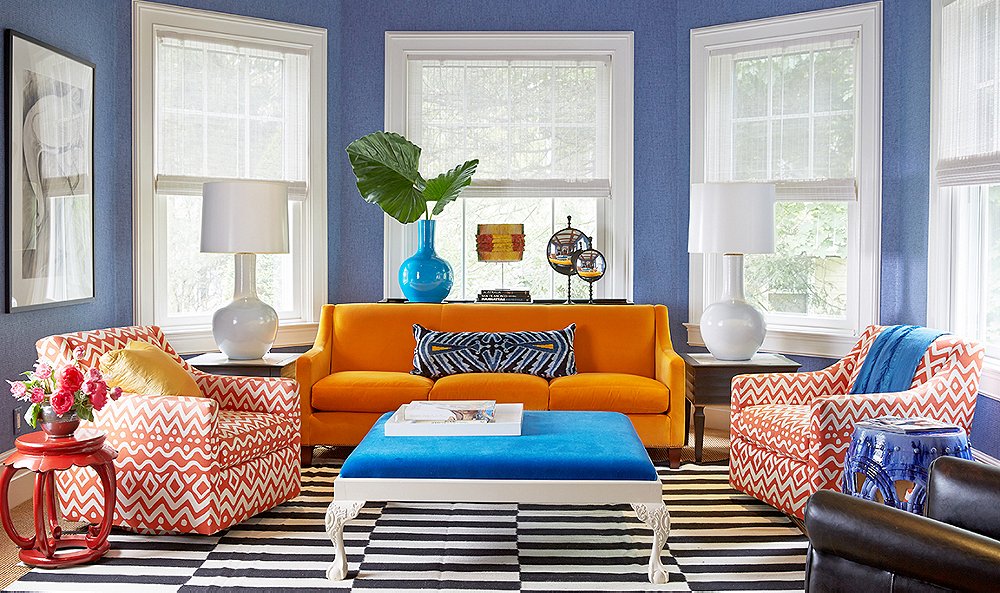- Home
- Archive: September, 2023
NightLife Safety: 3 Handy Tools for You

Having some fun is fun! Not only that, it’s good for you, with benefits ranging from improved cognitive function to better physical health.
Unfortunately, trying to have some fun doesn’t always turn out great and this is often especially true when the enjoyment takes place during night time. From drug test cups to protective clothing, here are some tools you want to take advantage of to significantly improve your safety levels on nights out.
Drug Testing Kits
Honestly, simple things like getting drinks with friends could go left really quickly, and having some kind of drug testing material can mean the difference between fun and tragedy.
Imagine being at a party with friends, and someone you don’t know offers you a drink. You decide to use a drug test kit to check the drink discreetly, and it reveals the presence of an unknown substance; this seemingly simple act saves the night, possibly your life.
Really, it’s a good thing there are many different types of drug testing tools to choose from based on your needs and preferences. You want to consider things like:
- Whether you need a test for urine, saliva, hair, etc
- The detection window
- Which drugs you’re most likely to want to test for
- Accuracy
- How easy the test is to administer and interpret
- Speed
- Discretion
Personal Alarm
You can’t always handle trouble by yourself, especially at night. Imagine a night out in a bustling city festival with friends. Everything is going well, but suddenly, an unexpected altercation breaks out very close to you, separating you from your friends and pushing you toward imminent danger.
A personal alarm is one of the best tools to have around in situations where your safety depends on others coming to your aid as it’s one of the fastest ways to immediately grab attention for help while deterring potential threats.
Fortunately, personal alarms also come in different makes and models: designed to be worn as jewelry or accessories, attached to keychains or bags, even mobile apps that turn smartphones into personal alarms.
Look out for things like:
- The decibel ratings
- Simple, one-touch activation
- Portability and attachment options
- Long battery life. Some models have replaceable batteries, while others are rechargeable
- Discreet versus more visible alarm designs
Safety Enhanced Clothing
Yes, there are clothes designed to maximize safety, with features and materials that prioritize the wearer’s safety and security, especially in situations where personal safety may be a concern, such as nightlife or travel. For example:
- Discreet pockets for valuables like money and credit cards
- RFID blocking technology to protect against electronic theft
- Integrated GPS tracking devices that mean trusted contacts can locate you
Really, it’s a good idea to incorporate such items of clothing into your night-out outfits.
Remember, a safe night is a fun night. Personal safety should always be a priority when enjoying the nightlife.
3 Tips For Attending Your First Art Class As An Adult

If you’ve always been interested in art and creating your own art but haven’t taken a class to learn how to do this, there’s not better time than the present to sign up for an art class of your choosing and get started. However, if you’re older and haven’t cultivated this skill, you might feel very intimidated trying to do this now. Luckily, with the right mindset, you can have a great experience in an art class at any age.
So to help ensure that you have a great time, here are three tips for attending your first art class as an adult.
Allow Yourself To Take Risks
While signing up for the art class in and of itself might have felt like a risk to you, you can really only see how much potential you have and what you could achieve as an artist if you take some risks during your class time as well.
In the beginning, it’s normal to hold back a bit while you’re learning some techniques and getting comfortable in the class. But once you’ve been able to get some practice under your belt, try to continually push yourself to try new things and stretch your abilities as an artist. This will help to ensure that you get as much out of your class as possible.
Use Your Teacher As A Resource
Signing up for an art class doesn’t only allow you to come into an art studio and practice your art; it also entitles you to some time and advice from the teacher that you’re taking the class from. But if you don’t get to know them and use them as a resource, you could be losing out.
As you spend time in your art class, be sure that you try to get to know your teacher and learn from them personally. If you have questions or need extra help, don’t hesitate to ask them if they have suggestions for you or could give you some added help so that you can learn and progress even more.
Be Prepared For A Hefty Time Commitment
To really get better at the art that you’ve chosen for your class, you’ve got to commit to spending time both in class and out of class on improving your artistic abilities.
Getting better at anything is going to take a lot of practice, and art is not different. So if you want to really see yourself improve after taking this class, be prepared to spend a hefty amount of time going to class and practicing when you’re outside of class, too.
If you are going to take your first adult art class soon, consider using the tips mentioned above to help you know how to prepare and what you should expect from your time spent inside and out of class.
4 Tips for Decorating With Muted Colors

Soft pastels, earthy tones, faded shades of primary colors – it’s a shame that muted colors are still fairly underrated in interior design because they can bring a sense of tranquility, sophistication, and timelessness to interior design. Of course, this depends in large part on interior design decisions so here are 4 top tips for decorating with muted colors.
Introduce Texture and Pattern
With muted colors, one of the first things you want to do is to add depth because muted color palettes can sometimes appear flat or one-dimensional, and without depth a room with muted colors might feel dull or uninspiring.
Consider using materials like linen curtains, woolen throws, shaggy rugs, or a chunky knit blanket. Then, think about geometric designs, tone-on-tone patterns, or soft, organic prints for your upholstery, throw pillows, or even wallpaper. For example, many retirement communities decorate their rooms in muted colors to create a serene atmosphere for residents and a great way to add texture and patterns to such rooms is with herringbone upholstery, knitted throws, soft floral prints on cushions, etc.
Add Accents and Accessories
Even a single well-chosen accessory – a vibrant piece of artwork, an intricately designed vase – can enliven a muted-colored space.
Imagine a living room painted with soft gray walls and then a vibrant piece of abstract artwork injecting a burst of energy with rich blue and gold hues.
Go for accents and accessories with bolder colors or metallic finishes like gold, copper, or silver in the form of picture frames, or even a statement piece of furniture.
Pay Attention to Lighting
Lighting can do a lot in any room, especially ones with muted colors. Lighting in rooms with muted colors serves as both a practical necessity and a design tool because it enhances the inherent qualities of such color schemes while adding layers of visual interest.
Opt for warm-toned lighting with soft, diffused bulbs as they complement muted colors by creating a cozy atmosphere. You also want to use a combination of ambient, task, and accent lighting to create depth and functionality. Plus, the design of light fixtures can also contribute to the overall aesthetic. Think fabric shades, rattan, or metal with an aged finish.
Incorporate Natural Elements
Combining natural elements with muted colors is popular for a reason. For example, the combination of natural elements and muted colors often means a timeless design that transcends trends.
Start by adding wooden furniture or elements like exposed wooden beams, shelves, or flooring. Also, natural stone surfaces, like marble countertops or a slate fireplace, create visual contrast and a sense of sophistication.
Alternatively, you can also stick to simple indoor plants that not only add color but also purify the air.
Muted colors create a serene and timeless ambiance that makes them suitable for various design styles, from Scandinavian to traditional. So just experiment and adjust these design tips until you achieve the desired aesthetic for your space.
3 Tips for Stress-Free Travel

Who doesn’t love the idea of packing their favorite bag, jumping in a taxi for the airport, and catching a plane to a new destination? Travel is something many of us not only look forward to, but often spend months planning for and saving up for. Yet as wonderful as travel can be, it can also come with a lot of stress.
From the stress of finding the best deal on flight prices to rushing to make flight connections, to ensuring you have all the right travel documents, there’s a lot to juggle when you’re traveling! However, with a little planning and foresight, you can make your trip a more enjoyable experience. Here are some of the best tips for stress-free travel.
Pack Wisely
Before you pack a different pair of shoes for every day of the trip, think again. Overpacking won’t just kill your back since you have to haul it all around, but it can also put you at a higher risk of losing your belongings! Not to mention a heavy bag can come with excess baggage fees.
Do yourself a favor and pack light. Create a list of only the things you need, and leave a little room in your bag for items to bring back from your travels. A few methods like rolling your clothes will help you fit more into your bag, and also keep your belongings more organized.
Ideally, you should try to travel with carry-on only, since this can significantly speed up your travel process. You can avoid having to check in at the counter or wait for your luggage on a carousel.
Stay Organized
There’s nothing worse than showing up at the airport ready to take a trip only to find that you’ve forgotten your passport! It’s important that you stay as organized as possible to ensure that all of your important travel documents, tickets, and other important paperwork is all kept in a safe place where you can easily access them at the airport.
Make digital copies of your important documents should you lose them, since this will help you in ordering new ones. You never know when your bag could get stolen or lost when traveling, so keep your travel documents on your body during the flight.
Use Apps
Nowadays, technology can totally simplify your travel experience. There are all sorts of different travel apps available that can help you stay on top of travel alerts, and up to date with any changes on your flights.
There’s an app for just about anything you can think of, which can be incredibly handy when traveling. Whereas once upon a time you had to carry around a language book with handy phrases, now you can translate entire sentences in the palm of your hand, which can be incredibly handy when traveling to a foreign country.




